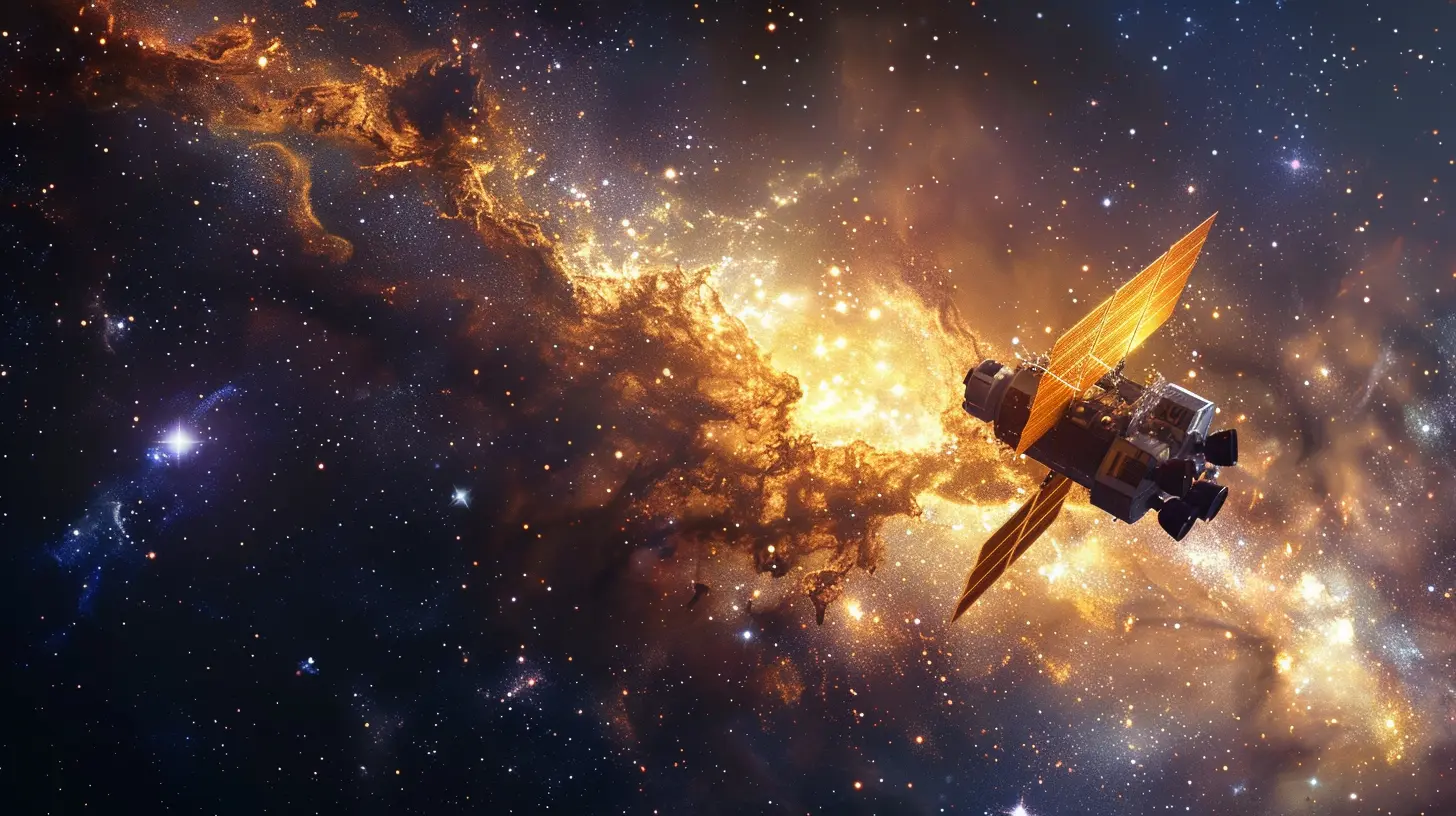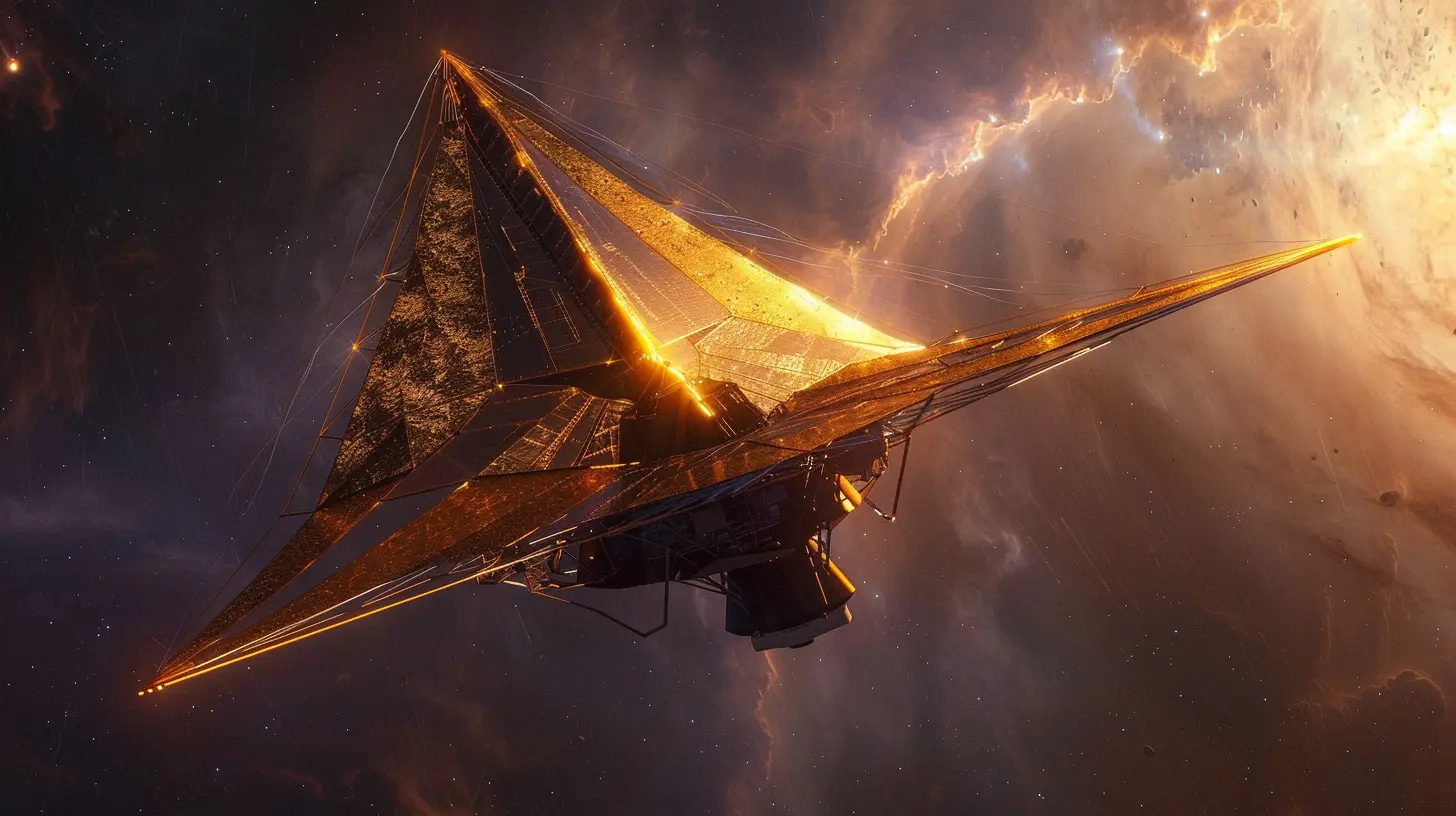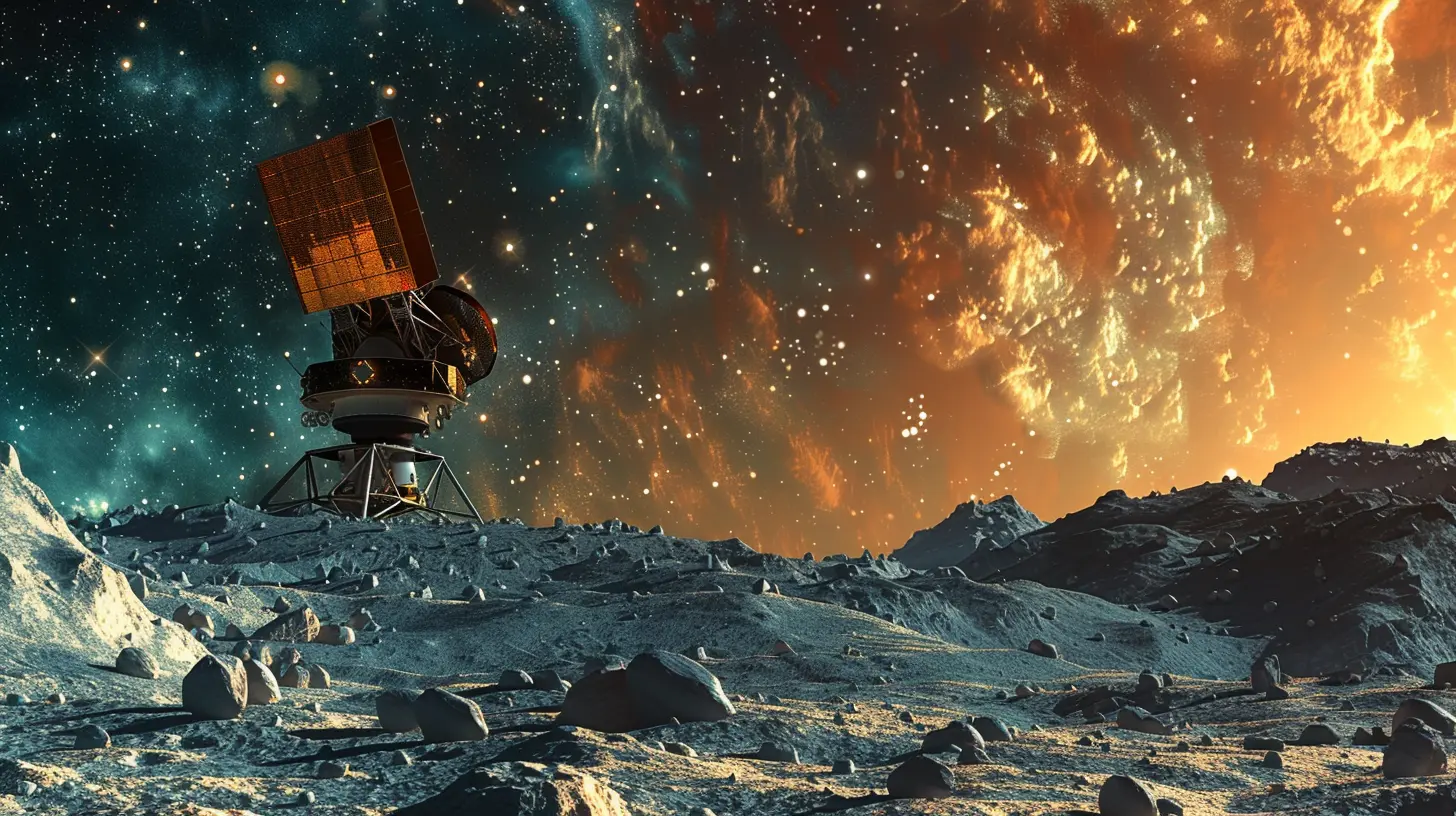What’s Next for Space Telescopes After the James Webb?
14 July 2025
When the James Webb Space Telescope (JWST) launched in December 2021, it felt like we were entering a brand-new era of space exploration. And we were. With its giant golden mirrors and infrared eyes, JWST wowed the world almost instantly. It started sending back jaw-dropping images that made us stop and go, “Whoa… is that real?” It’s been a game-changer, no doubt.
But here’s the thing—science never stops. As soon as we get answers, we get even more questions. So naturally, the next one we’re all asking is: what’s next?
Seriously, what comes after the James Webb Space Telescope? Is there anything more powerful on the horizon? Oh yes, there is. And let me tell you, the future looks so bright, you might need space-grade sunglasses to look at it.
Let’s dive into the upcoming generation of space telescopes that are already in the works—and why they might just blow your mind.
Why We’re Already Thinking Beyond JWST
You might be wondering, “Why rush to think about what’s next when JWST is still new?” Great question!Here’s the deal: these telescopes take decades to plan and build. By the time JWST launched, engineers and scientists had already been working on it for over 20 years. That means planning for the next big telescope needs to happen now. Plus, each mission builds upon the last. We learn from Webb’s design choices, its triumphs, and even its hiccups.
And here’s the kicker—we’re not just trying to take prettier pictures of space (though that’s awesome too). We’re on the hunt for some of life’s biggest mysteries:
- Are we alone in the universe?
- How did the first galaxies form?
- What is dark matter made of?
- How do black holes really behave?
JWST opened the door. Now it’s time to walk through it.
The Future Stars: Space Telescopes Poised to Redefine Astronomy
Let’s take a look at the big players lined up to take the baton from JWST. These next-gen space observatories are each designed to answer specific questions and unlock different parts of the cosmic puzzle.1. Nancy Grace Roman Space Telescope (Roman Telescope)
Expected Launch: Mid-2027Nickname it the “Wide-Eyed Cousin” of Hubble and JWST. The Roman Space Telescope, formerly known as WFIRST, is all about the big picture. Unlike JWST’s zoom-in style, Roman will capture enormous swaths of the sky in one shot—think panoramic selfies of the universe.
What Makes Roman Special?
- A field of view 100x larger than Hubble's.- Equipped to study dark energy and hunt for exoplanets.
- Uses a coronagraph to block out a star’s light and see orbiting planets (yes, kind of like putting your hand over your eyes to block the sun).
Roman’s going to help us understand the weird accelerated expansion of the universe. Spoiler alert: dark energy is still one of science’s biggest head-scratchers.
2. LUVOIR (Large UV/Optical/IR Surveyor)
Status: Still in concept phase, possibly launching in the 2030s or 2040sIf JWST is a microscope for the early universe, LUVOIR is like a superpowered multi-tool. It’s being dreamed up as a versatile behemoth—able to study galaxies, stars, AND Earth-like exoplanets all at once.
Why LUVOIR Could Be The Ultimate Telescope
- Huge mirror (up to 15 meters!)—that’s nearly double JWST’s size.- Combines UV, optical, and infrared capabilities.
- Could directly image Earth-like planets and analyze their atmospheres for signs of life.
Imagine it: LUVOIR staring down another solar system and potentially spotting clouds, oceans, or even… smog? (Which, weirdly, could be a sign of intelligent life.)
3. HabEx (Habitable Exoplanet Observatory)
Estimated Launch: 2030s (also still in planning stages)HabEx has a clear mission: find other Earths. It’s laser-focused on discovering planets like ours and checking their atmospheres for signs of life.
Cool Features of HabEx
- Will use a “starshade”—a giant flower-shaped shade that flies alongside the telescope to block starlight.- Designed to directly image exoplanets.
- Could detect biosignatures like oxygen, methane, or water vapor.
Have you ever tried using your hand to block the sun to see your phone screen? That’s basically the idea with the starshade—except it’s the size of a baseball diamond and flying in formation tens of thousands of kilometers away.
4. Origins Space Telescope (OST)
Projected Timeline: 2030s or beyondOST is the ultimate infrared detective. If launched, it will go even deeper into the infrared spectrum than JWST. That means discovering cooler, dust-shrouded objects like the earliest stages of star and planet formation.
What OST Could Do
- Peer into the “cold universe” (ideal for studying star formation and molecular clouds).- Help answer how water and life-building molecules spread across galaxies.
- Target disks where planets are being born.
Basically, OST would be like a cosmic midwife, catching stars and planets in the act of being born.
What About Ground-Based Telescopes?
Sure, space telescopes get all the glamour. But let’s not forget our Earth-bound heroes. The coming decade is going to see the rise of absolute monsters like:- The Extremely Large Telescope (ELT) in Chile: Will have a 39-meter mirror!
- Thirty Meter Telescope (TMT) in Hawaii: Another big one tackling exoplanets and dark matter.
- Giant Magellan Telescope (GMT): Piecing together huge mirrors for ultra-sharp vision.
These ground telescopes have one major advantage: they can be upgraded. You can’t exactly send a tech to space to swap out a lens on JWST. But you can add new hardware to Earth telescopes.
Why All This Matters (Even If You’re Not a Space Nerd)
Okay, maybe you’re not planning to write a PhD on exoplanets anytime soon. But here’s the truth—we all benefit from space telescopes, even if we don’t notice it.A few ways they touch our lives:
- Tech spin-offs: From advanced camera sensors to better data compression, space science often leads to everyday tech improvements.
- Boosting curiosity: Remember how viral JWST’s first images went? Those awe-inspiring shots ignite imaginations, especially in young minds.
- Climate science: Similar tech is used to monitor Earth’s climate and help us understand environmental changes.
So yeah, while looking out into space, we’re also learning more about ourselves and our home planet. That’s pretty powerful.
Challenges on the Road Ahead
It’s not all smooth sailing (or orbiting). Building next-gen space telescopes is tough—like, really tough.Here’s what these missions are up against:
- Cost: JWST cost around $10 billion. Future missions could run just as high—if not more.
- Time: These projects can span decades from concept to launch.
- Risk: Space isn’t forgiving. A single mistake can jeopardize the entire mission.
But you know what? That’s part of what makes these achievements so incredible. It's not just about having the money or the rockets—it's about the will to explore. The perseverance. The big dreams.
The Bigger Picture: A Future Full of Cosmic Firsts
So, what’s next for space telescopes after the James Webb? A LOT, actually.We’re looking at a future where:
- We might get our first real look at a potentially habitable Earth-like planet.
- We could figure out what dark energy actually is.
- We might even stumble on signs of intelligent life.
Crazy to think about, right?
From Roman’s wide view of the cosmos to LUVOIR’s quest for alien atmospheres, the next chapter in space telescopes is shaping up to be even more thrilling than the last.
And the best part? We get to be alive to watch it all unfold.
So buckle up. Space is just getting started.
Final Thoughts
The James Webb Space Telescope is an icon, no doubt. But it’s also a stepping stone. Just like Hubble paved the way for Webb, Webb is paving the path for telescopes that may literally discover life beyond Earth.It’s humbling, it’s exciting, and it’s very, very real.
Whether you're a casual stargazer or a deep-space devotee, keep your eyes on the stars. The next chapters in space exploration are already being written—and they're going to be amazing.
all images in this post were generated using AI tools
Category:
Space TechnologyAuthor:

Ugo Coleman
Discussion
rate this article
2 comments
Parisa Wade
As we look beyond the James Webb, the next generation of space telescopes promises to deepen our understanding of the universe, pushing the boundaries of exploration and unlocking cosmic mysteries.
November 6, 2025 at 12:36 PM

Ugo Coleman
Absolutely! Future space telescopes will build on Webb's legacy, offering even deeper insights into the cosmos and expanding our grasp of fundamental astrophysical questions.
Zedric McDonough
Exciting times ahead for space telescopes! With the James Webb setting the bar high, the next wave of innovations promises to unlock even more cosmic secrets. Let the stargazing adventures begin! 🌌✨
July 16, 2025 at 10:24 AM

Ugo Coleman
Absolutely! The next generation of space telescopes will continue to expand our understanding of the universe, building on the groundbreaking discoveries of James Webb. Exciting adventures await!


